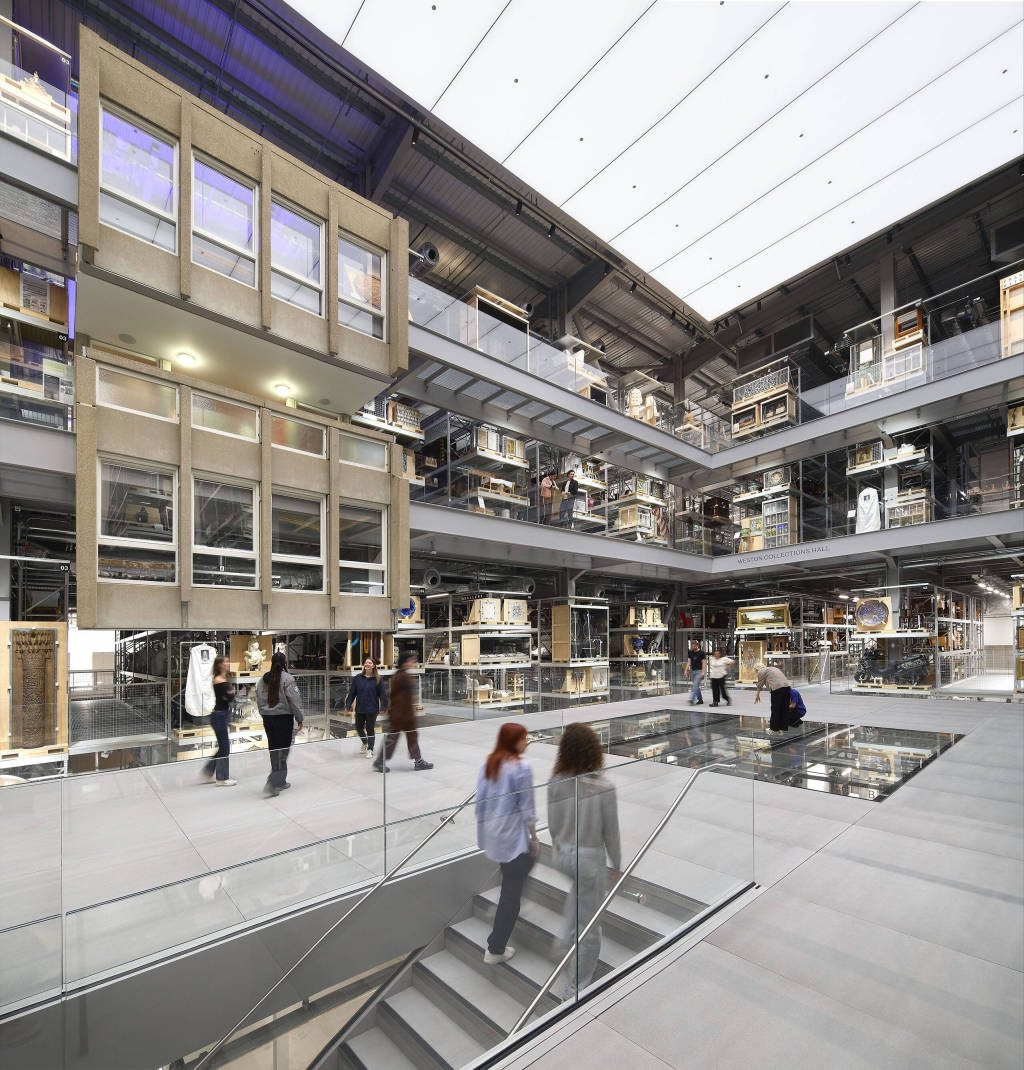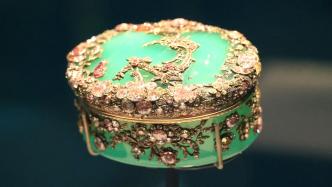
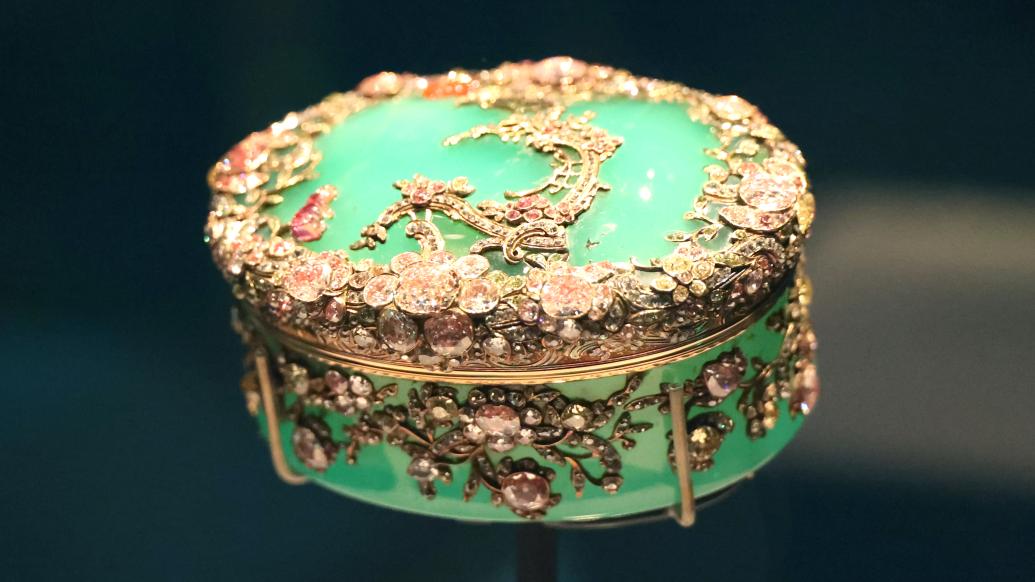
Origin of World Expo
The Victoria and Albert Museum (V&A) in the UK originated from the first World Expo held in London in 1851. After the great success of the World Expo, Prince Albert, the initiator of the World Expo and the husband of Queen Victoria of the United Kingdom, personally promoted the use of the surplus from the World Expo to purchase some of the World Expo exhibits and a piece of land in South Kensington, London, specifically for the establishment of Cultural and scientific educational institutions. The V&A Museum, which has some of the exhibits from the World Expo as its basic collection, is one of them. It was originally named the "Industrial Manufacturing Museum" and was later renamed the "Victoria and Albert Museum" to commemorate the Queen and her wife's interest in the first World Expo and the museum. contribution.
Today, the V&A Museum is the world's largest museum of decorative arts and design, with a permanent collection of more than 2.8 million objects.

exhibition site. The pictures and videos in this article are provided by the Shanghai World Expo Museum.
Rosalind and Arthur Gilbert were world-famous for their collection of gorgeous, exquisitely crafted gold and silverware and other artworks. They established one of the most comprehensive private collections of European decorative arts in the 20th century.
In the 1930s, Sir Arthur Gilbert (1913-2001) and his wife Rosalind (1913-1995) founded a fashion brand named after his wife in their hometown of London. The couple moved to California in 1949 and began looking for unique decorative art pieces to decorate their Beverly Hills villa. With the support of experts, they started collecting in the 1960s and quickly identified the direction of their collection: gold and silver products, enamel portraits and miniature mosaics. In 2008, the collection of Rosalind and Arthur Gilbert was acquired by the V&A Museum.

Sir Arthur Gilbert and his wife Rosalind

Pliny's White Dove (miniature mosaic)
This exhibition is the first international tour of the V&A's collection, and Shanghai is also the final exhibition of the tour.
At the opening of the exhibition, Tristram Hunt, Director of the V&A Museum, said via video, “Rosalind and Arthur Gilbert collected some of the most beautiful artefacts in history, many of which were made of precious materials. , and often miniature works, this exhibition showcases a number of miniature masterpieces of extraordinary craftsmanship. I hope this exhibition can create conditions for future cooperation between the V&A, China Cultural Relics Exchange Center and the World Expo Museum."
Liu Wentao, Director of the World Expo Museum, said in his speech that the World Expo Museum should actively fulfill its mission of inheriting the legacy of the World Expo, continuing the effects of the World Expo, and promoting the development of the World Expo, constantly improve the quality of serving the public, and introduce more exhibitions that reflect exchanges and mutual learning between different civilizations.
European feasts, microscopic works and artistic fantasies
The reporter saw at the scene that the illumination of the exhibition hall was strictly in accordance with the V&A setting. In a darker environment than before, the audience could better appreciate these gleaming gold and silver products, snuff boxes, enamel portraits, miniature mosaics and other artworks. .
The exhibition consists of three sections: "European Feast", "Microscopic Works" and "Artistic Fantasy", interpreting the evolution of European courts and Western art, and exploring the exquisiteness of European craftsmanship from the 16th to the 20th centuries. Among them, some exhibits have strong Chinese elements, reflecting the epitome of China's foreign trade on the Maritime Silk Road in ancient times and confirming China's pace of connecting the world.
The first unit of the exhibition is "European Feast" , which mainly displays the art of gold and silverware.

The first unit is "European Feast"
Gold and silverware are symbols of wealth, power and social status. Until the early 19th century, such dazzling and gorgeous treasures always played a decisive role in Europe, and were endowed with various meanings, either as symbols of alliances between countries, as tributes to military or diplomatic achievements, or as religious ritual objects. Or as a souvenir of important events such as wedding ceremonies.
Such exquisite handicrafts are usually displayed on the large sideboard in the foyer for guests to appreciate during the buffet dinner. Starting from the 16th century, they will also be placed in a specific room together with various rare treasures, similar to a treasure house. While showing the beauty and craftsmanship of the artifacts, they also demonstrate the wisdom and cultural accomplishment of the collector.
Also in the 16th century, the use of gold and silverware was no longer exclusive to the nobility. In order to improve their social status, merchants and other emerging classes imitated the most popular banquet style of the royal family and customized silverware. It gradually became a trend to use silverware to entertain guests. .
The second unit of the exhibition is "Microscopic Works" , which presents many exquisite small handicrafts.

The second unit is "Microscopic Works"
From the second half of the 17th century to the entire 18th century, some small accessories in daily life, such as enamel portraits, snuff boxes, etc., became indispensable luxury items for the court nobles. In addition to their original functions, these objects also became status symbols and social topics for the upper class. Collecting these precious artifacts is one of the ways people build their social status.
King Louis XIV of France was the first to give his enamel portraits as gifts to envoys and ministers from various countries, and European countries followed suit. In the 1820s, miniature portraits also began to appear on snuff boxes, becoming a new diplomatic gift.
The snuff box was originally a personal accessory, and a "man of taste" would display the various snuff boxes he owned according to fashion, season, and social circumstances. Royal families of various countries commissioned goldsmiths to design and make snuff boxes that matched their aesthetics in order to highlight their country's wealth and technology. Until the early 19th century, Paris always represented the highest level of gold snuff box production technology. Other towns in Europe also gradually developed their own unique design styles, and craftsmen used local materials to make snuff boxes, hoping to compete with Parisian fashion.
The last unit of the exhibition is "Art Fantasy" , which focuses on miniature mosaics that have never been exhibited before.

The third unit is "Art Fantasy"

Colosseum (miniature mosaic)
The two art forms of micro-mosaic and jade mosaic first appeared in Italy. The advantage is that pictures painted on glass or jade can be preserved permanently.
In the 16th century, workshops were opened in Florence to encourage craftsmen to improve their skills and create more exquisite products. In the 18th century, Rome established a papal mosaic workshop for the first time, replacing the faded murals in the church with glass mosaics. This greatly promoted the process innovation of micro-mosaic, and its results were quickly applied to more fields.
Italy was the center of the artistic production of jade and miniature mosaics. From the late 16th century to the 18th century, Florence dominated the jade cutting and mounting market; in the 19th century, Rome was famous for its miniature mosaics. Catering to European clients, these mosaics were distinctive in composition, often depicting animals, flowers, classic Italian scenes or ancient Roman ruins. At first, these handicrafts were mainly for the royal court. Subsequently, a large number of standardized products appeared in the high-end tourism market, which buyers could install locally or take home for framing. The hot sales of these works of art indicate that the buyers not only have sufficient financial resources, but are also curious about Italian culture during the Renaissance and ancient Roman art.
Appreciation of exhibits
Tweeddale Memorial Commemoration

This type of commemorative commemoration embodies the highest aesthetic taste for commemorative display devices during the British Victorian era. This Tweeddale commemoration was exhibited at the first World's Fair in 1851. It is huge, weighing about 38 kilograms, and consists of 13 branched candlesticks.
Frederick the Great snuff box

King Frederick II of Prussia was particularly fond of snuff boxes. It is said that he collected more than 300 snuff boxes. It is possible that he ordered the production of this snuff box and was directly involved in its design. This piece is larger in size, made of chrysoprase from the king's collection, and set with diamonds.
beautiful italian sky

beautiful italian sky
This work was produced by mosaic artist Michelangelo Barberi and depicts the early days of eight famous tourist attractions in Italy. The work, titled "Beautiful Italian Sky", was exhibited at the first World Expo in 1851 and won the highest honor.
queen victoria snuff box
Queen Victoria lived in Kensington Palace before she succeeded to the throne. Colonel Francis Venables-Vernon-Harcourt made outstanding contributions as a chamberlain during this period. The Queen gave this snuff box to the Colonel as a recognition. This was also the occasion for the Queen to succeed. One of the first gifts given after becoming a queen.

queen victoria snuff box
Multi-layered decorative plate

Multi-layered decorative plate
The multi-layer decorative plate is the most eye-catching and iconic tableware in the 18th century silverware tableware. It is used to serve fruits and sweets. The surrounding small tray can also be used alternately as a candle holder. This object is in the shape of a Chinese pagoda, with a pineapple on the top, which is a symbol of wealth.
Conch Cup

The conch used in the cup comes from waters near Australia and the East Indies. The shell of the conch is polished and then coated with gold and silver to make an exquisite conch cup, which is a rare collection in treasure houses across Europe. On September 25, the "Brilliant Everything - Gilbert Collection Exhibition at the V&A Museum", co-organized by the Shanghai World Expo Museum and the Victoria and Albert Museum in the UK, opened at the Shanghai World Expo Museum. The 90 exhibits are all from the V&A collection and are European decorative arts collected by the British collectors Rosalind and Arthur Gilbert in the 20th century, including gold and silver products, snuff boxes, enamel portraits, miniature mosaics, etc.
Chinese style evening dress
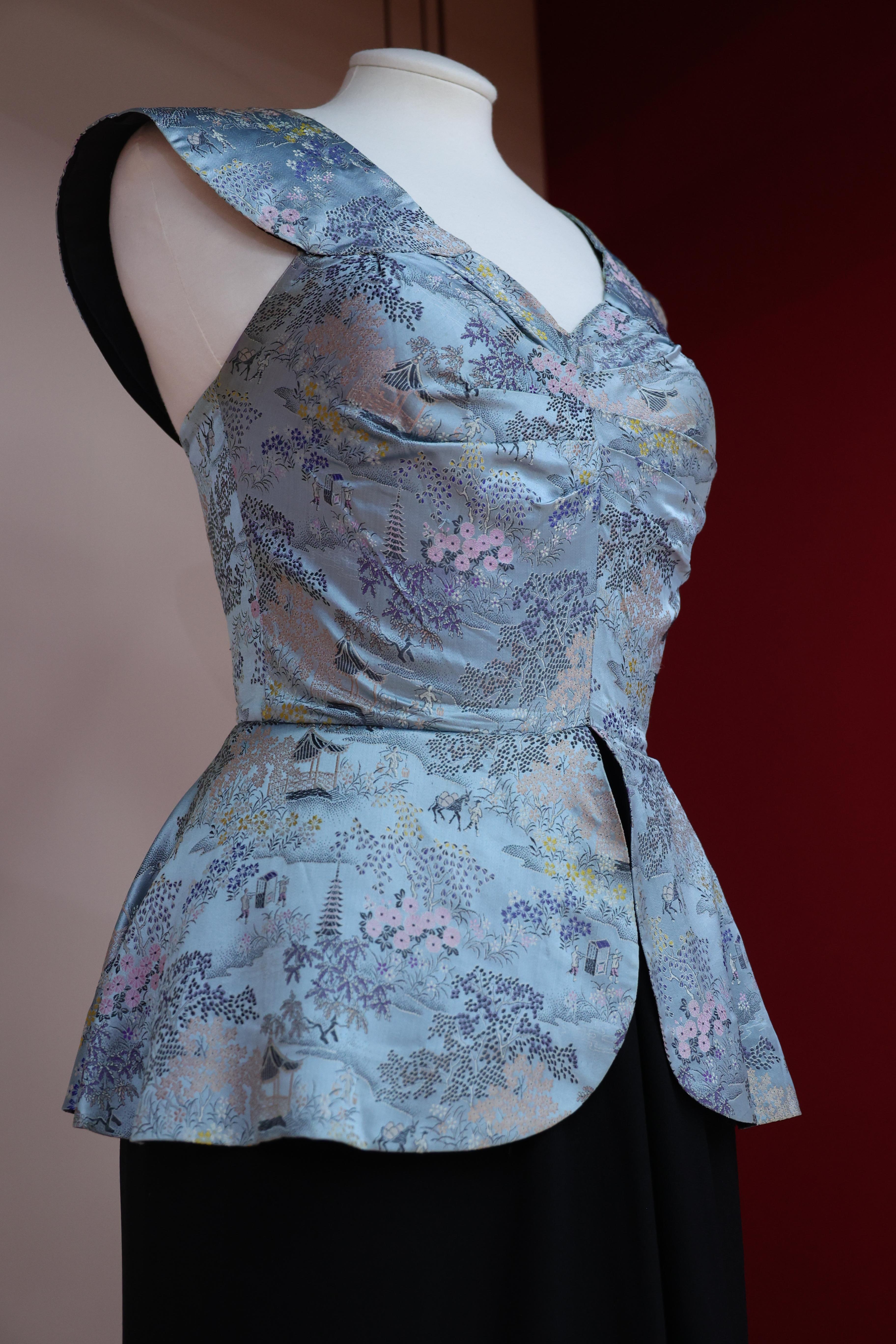
The design of this dress changes the conservative wartime clothing style, striving to show the elegance of women with soft shoulders and slender waist. It uses exquisite and gorgeous Chinese brocade and is decorated with Chinese elements such as pagodas, pavilions, and sedan chairs.
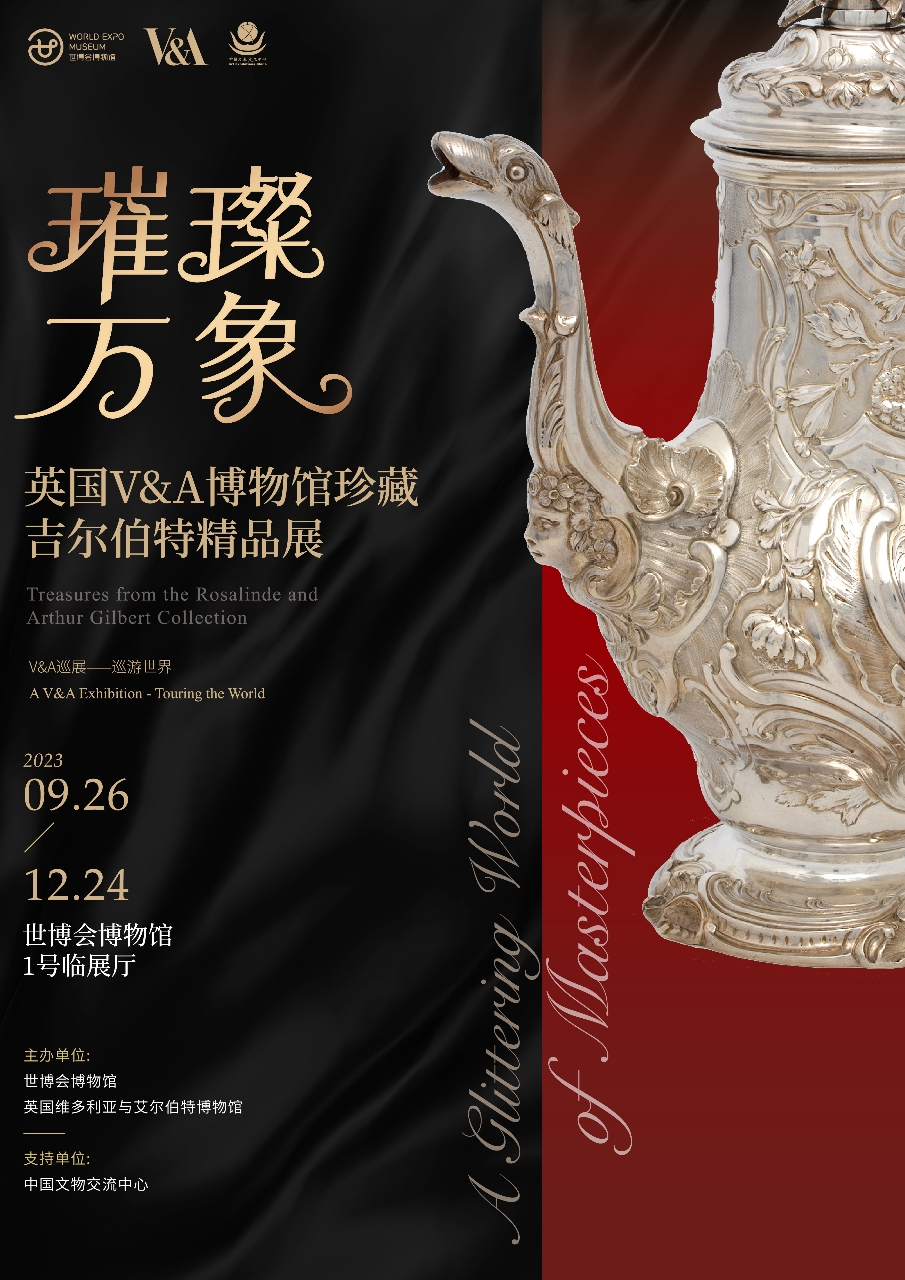
exhibition poster
It is reported that the exhibition will last until December 24.
